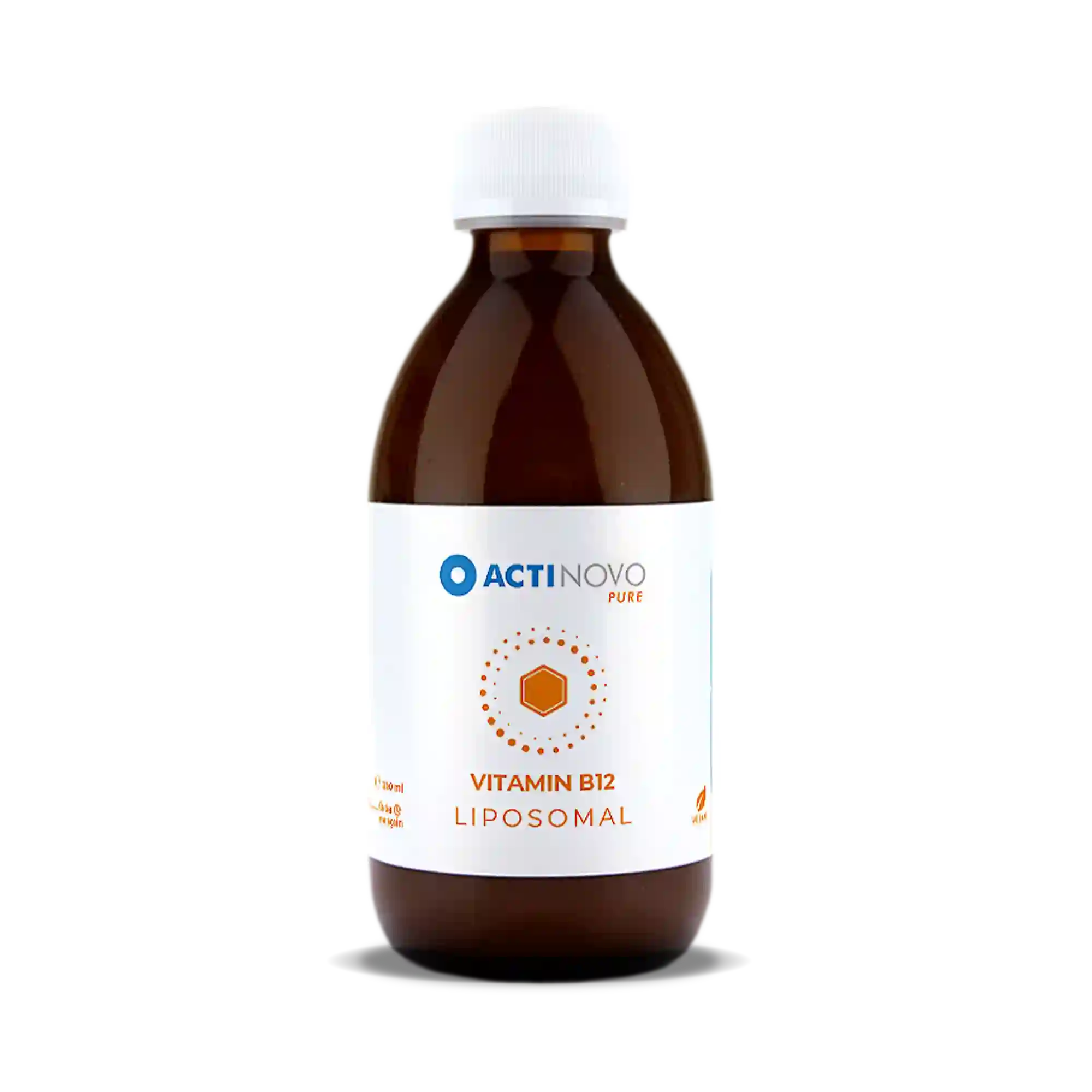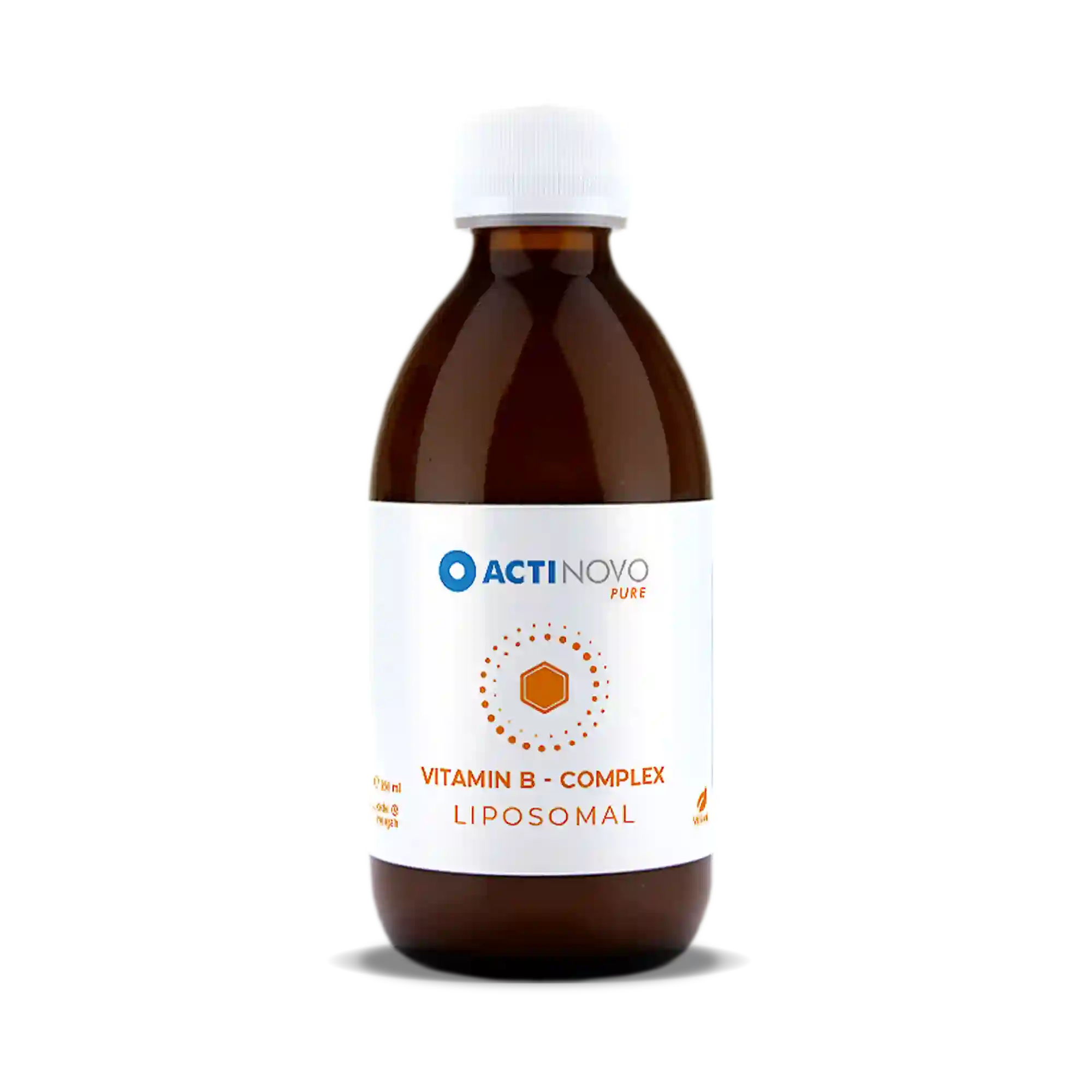
The Ultimative Vitamin B Guide
They occur both in letters and numbers and ensure our survival: the vitamins. Our daily vitamins (lat. vita=life) take care of our natural body functions and help us to regulate everything that comes into contact with the body. One of these letter phenomena is vitamin B.
The vitamin B group usually includes vitamins B1, B2, B3, B5, B6, B7, B9, and B12.
B vitamins belong to the water-soluble vitamins and therefore, unlike fat-soluble vitamins, cannot be stored in fatty tissue. Your body needs to be constantly supplied with these vitamins, which is why B vitamins are often used as food supplements [1]. They all perform various important functions in the body, from energy production and detoxification to regeneration and wound healing.
We will take a closer look and introduce you to the benefits and deficiency symptoms of the individual B vitamins:
Effect, occurrence & deficiency
- Vitamin B1
- Vitamin B2
- Vitamin B3
- Vitamin B5
- Vitamin B6
Fun fact: The gaps in the vitamin B series (4,8,10 and 11) are by definition no longer vitamins and are called vitaminoids. They are therefore no longer part of the Vitamin B-Complex Cocktail. This cocktail contains only essential vitamins.
1. Vitamin B1
- Effect:
Vitamin B1 or thiamin is colloquially called the mood vitamin. It is responsible for carbohydrate metabolism in the nerves, brain, and muscles and is essential for their energy production [2, 3]. Our brain, muscles, and nerves need sugar as fuel. B1 helps provide sugar from carbohydrate food sources such as pasta, potatoes, or rice [4]. Our memory and physical condition depend on this vitamin, among other things. - Occurrence:
Thiamine is mainly found in the inner shells and germs of cereals [5]. Whole-grain products are therefore preferable. About 40% of heat-sensitive vitamin B1 is destroyed during cooking and some of it is dissolved in the cooking water because it is soluble in water [3]. Gentle processing is therefore recommended. - Signs of deficiency:
A thiamine deficiency primarily causes fatigue, exhaustion, memory problems, and a decline in physical and mental performance [2, 3]. Beri beri (inflammation of the nerves with paralysis and heart failure) is a result of a severe deficiency. High alcohol consumption and breastfeeding increase the need for thiamine [5]. Vitamin B1 deficiency does not usually occur so often. However, it can be caused by a diet that includes white flour products or polished rice [2]. Alcohol abuse, stomach, and bowel problems, low-vitamin diets, or pregnancy can also be the cause [2, 6].
2. Vitamin B2
- Effect:
Vitamin B2 is known under the name riboflavin. Riboflavin is also part of the metabolism of carbohydrates, protein, and fatty acids into energy [7]. It helps detoxify the liver [8], helps to produce red blood cells and, together with vitamin A, helps to heal the skin [5]. It also supports cell protection against oxidative stress and contributes to healthy skin and eye protection against short-wave light [7]. - Occurrence:
Vitamin B2 is found mainly in milk, dairy products, meat, fish, and wholemeal products [8]. - Signs of deficiency:
Riboflavin deficiency can be recognised by cracks in the corners of the mouth or inflammation of the oral mucosa and can also cause cataracts [8, 9]. However, an undersupply of vitamin B2 is rare and is most common in people who eat a vegan diet or drink alcohol [9].
3. Vitamin B3
- Effect:
Niacin, as vitamin B3 is actually called, is involved in cell formation and muscle regeneration [10]. It also regulates blood lipids and is involved in fat and cholesterol metabolism [11]. - Occurrence:
Poultry, game, fish, mushrooms, and dairy products are good sources of niacin [5]. - Signs of deficiency:
Loss of appetite, lack of concentration or sleep disturbances, and rough and flaky skin usually indicate a chronic deficiency. However, this is rare. Here too, there is a risk of illness and an increased need for alcohol abuse [5, 11].

4. Vitamin B5
- Effect:
- Occurrence:
- Signs of deficiency:
5. Vitamin B6
Effect:
Pyridoxine is - similar to vitamin B5 - responsible for hemoglobin production. It also regulates the immune system and is involved in the formation of messenger substances required for the transmission of stimuli in the nervous system. These include dopamine and serotonin, the so-called happiness hormones that are responsible for positive emotional effects [18, 19].
Occurrence:
Liver, chicken, fish, maize, dairy products, lentils, and green beans provide vitamin B6 [20, 21].
Signs of deficiency:
A deficiency can cause scaly rashes on the face and inflammation of the mouth and lips. This can be caused by hormonal contraceptives, increased protein intake, or chronic digestive problems [5, 22].


